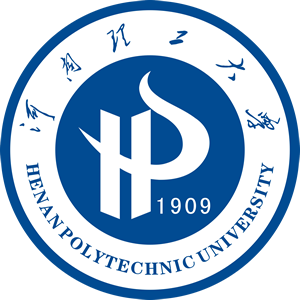
地址: 河南省焦作市高新区世纪路2001号[454000] Tel: 0391-3987069 E-mail: zkxb@hpu.edu.cn,skxb@hpu.edu.cn |

请您访问
|

社会科学版
|
| 供稿: 朱东北;阙跃平 | 时间: 2018-12-16 | 次数: |
作者单位:吉林大学文学院;天津理工大学马克思主义学院
摘要:1949年前的国民党统治时期,工会的发展存在多元路径。区别于中国共产党的阶级与革命动员,国民党对工人群体的组织主要是基于社会控制与治理的政治需要。全民抗战时期,民族主义情绪作为统合工人运动的因素登场。工会行动如何适应抗战以增强抗日力量成为时局命题。基于结构-功能分析,从国民党及政府、国民党治下工会、工会会员等三个工会行动主体的互动来重构各自的行动逻辑,进而从行动结构反思集体行动的困境问题。
DOI:10.16698/j.hpu(social.sciences).1673-9779.2016.04.016
分类号:K265
Abstract:In the Republic of China, the trade union in China developed in multiple paths. Unlike the class and revolutionary mobilization of the Chinese Communist Party, the Kuomintang's organization of workers' groups was mainly based on the political need of social control and governance. During the period of the war of resistance against Japanese aggression, the nationalist sentiment emerged as a factor to unite workers to take part in the counter-Japanese movement. The problem the trade union facing was how to adapt to the war and strengthen the counter-Japanese force. Based on the structure-function analysis, the author reconstructs the action logic of three subjects, including the Kuomintang government, the trade union under the Kuomintang government and members of the trade union, and then reflects the plight of collective action in terms of action structure.